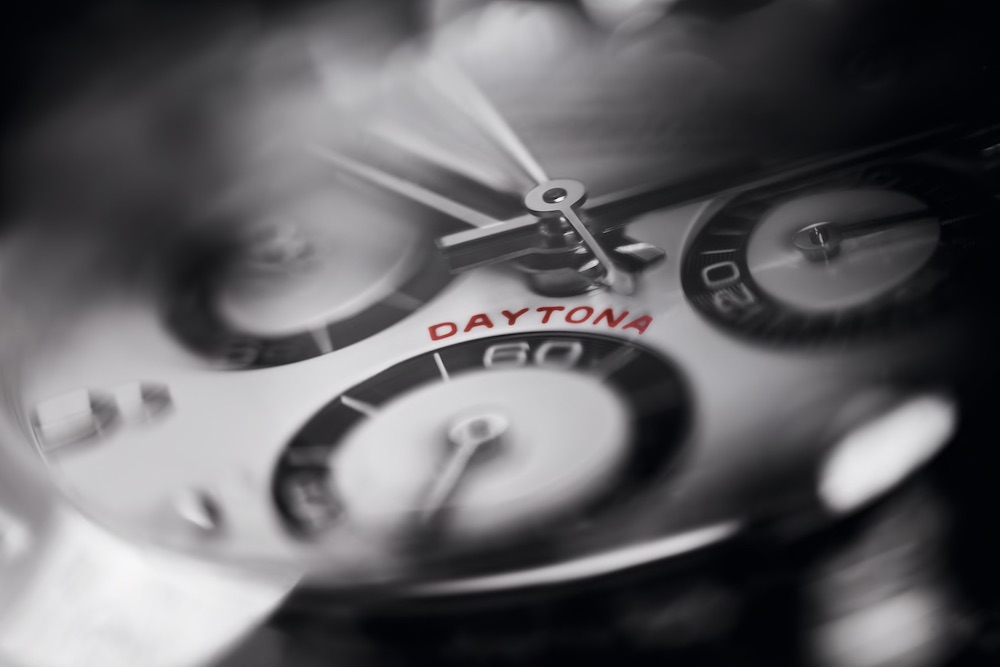
All you need to know about chronograph watches
Would the chronograph be the ultimate complication? Often used by its owner to obtain perfect eggshells or pasta al dente, this complication hides a very rich past, with numerous and varied declinations corresponding to very specific objectives and functions. In this article, we will retrace the history of this complication, which is found in most manufacturers, but which, behind its apparent "banality", often hides an extreme technicality.
The chronograph is the proud heir to the watchmaking work carried out to measure time. It is the culmination of several centuries of research. Tracing the 18th and 19th centuries, we can trace the inventions that have forged today's chronograph. From concept to name, this complication synthesises numerous watchmaking innovations.
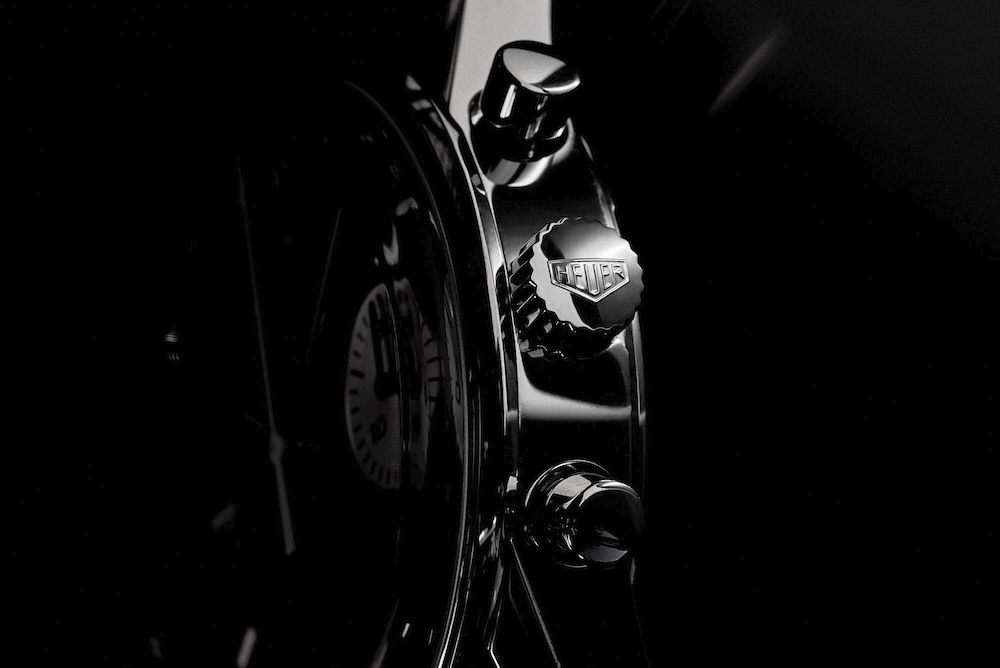
Let's start with a small definition: the chronograph is a watch with a complication used to measure the time of an action, activated on demand by pressing a pusher. A first press launches the chronograph, the second stops it and the last one restarts it. A chronograph differs from a stopwatch in its time indication.
Its mechanism can be constructed in two different ways. The simplest use a mechanical cam that simply transmits or modifies the movement of the hands, while the most refined use a column wheel coordinating the phases of the chronograph. This second version equips the higher-end models.
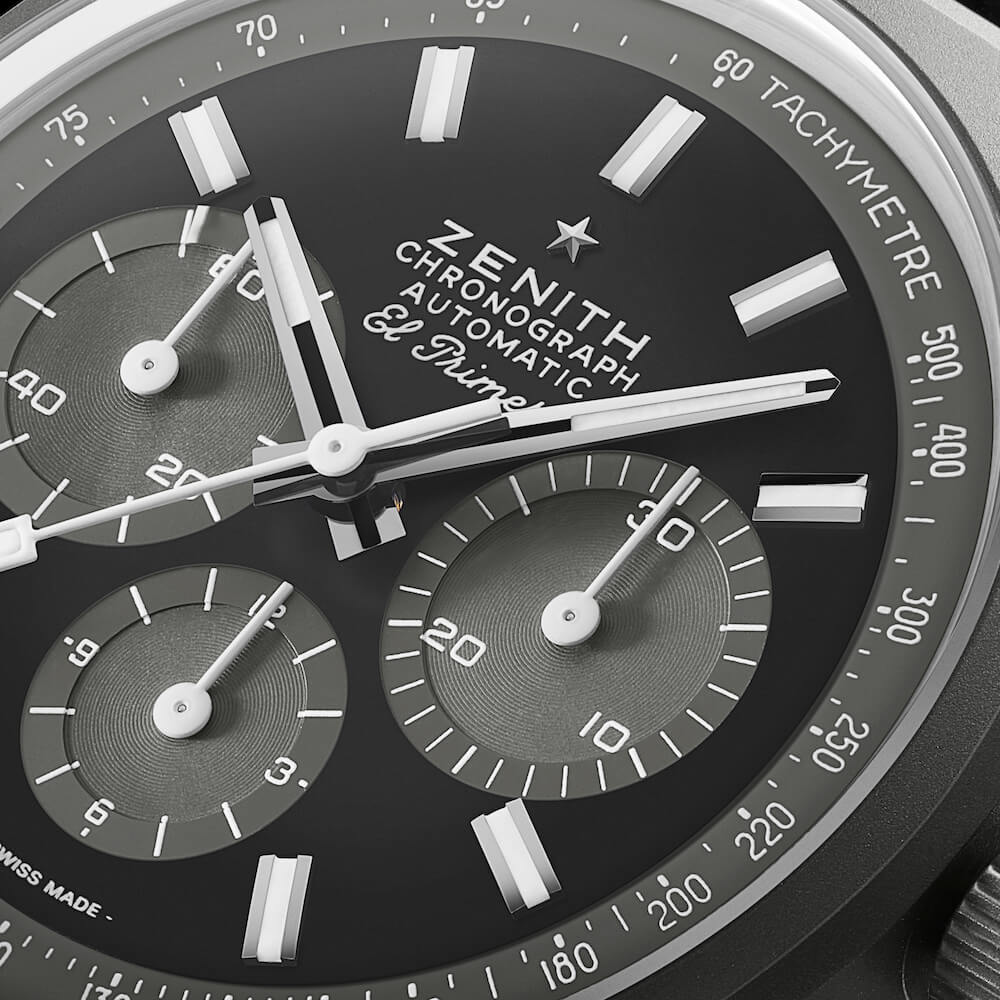
Once the chronograph was perfected, watchmaking houses created variants, endowing them with specific uses. Two main areas of development can be distinguished: the first concerns the mechanism itself, while the second is the installation of ladders.
The chronograph: between heritage and innovation
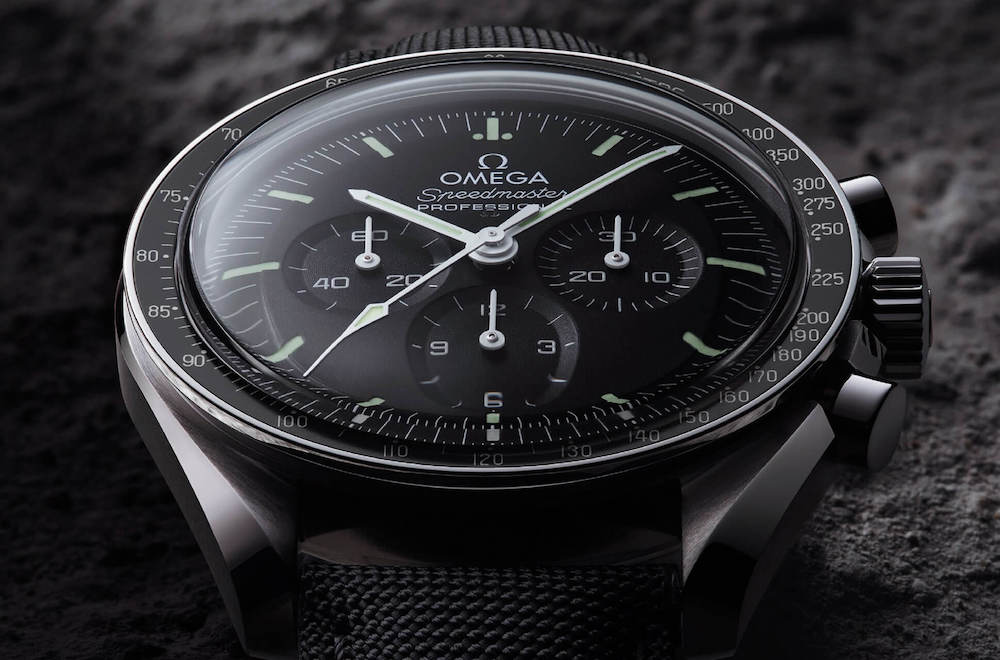
In 1776, Jean-Moïse Pouzait developed a clock with an independent second. It could be stopped and restarted on demand, but without resetting the hands. This invention established the principle of the chronograph: measuring the time of an action on demand.
Other works will follow, always defining the chronograph a little better. The most emblematic is that of Louis Moinet with his tierce counter in 1816. A true forerunner, he completely questioned the paternity of the chronograph. Indeed, this tierce counter makes it possible to measure a phenomenon over a period of up to one hour, with a precision of one sixtieth of a second. It also has a return to zero, a mechanism that was developed much later by Adolphe Nicole. The only thing Louis Moinet forgot to turn it into a chronograph? To indicate the time, but one can only admire the feat achieved by the Frenchman even if his work has never been reused. As for Adolphe Nicole, he is one of the inventors of the modern chronograph. He developed the zero reset in 1844, a complication that would be integrated for the first time in a pocket watch from the Nicole et Capt company in 1862. The chronograph as it is known today was born.
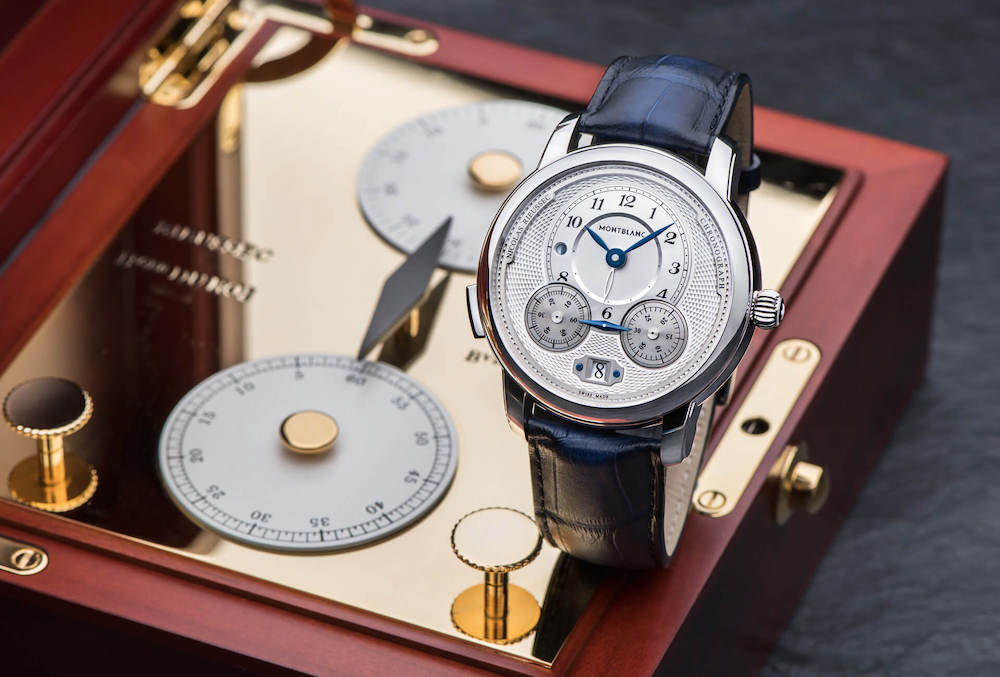
However, the name chronograph was named after Nicolas Mathieu Rieussec, who named one of his inventions in 1821. If one translates the terms chrono (time) and graphe (to write) one realises that the name chosen by Rieussec simply describes the functioning of his invention. Indeed, in order to take a measurement it was necessary to deposit a drop of ink on the dial at the beginning and end of the measurement.
Although the invention of the chronograph was finalised in the 19th century, it was not until 1915 that the Breitling watchmaker managed to miniaturise it in a wristwatch with a dedicated push-piece. In 1934 a second reset pusher was inserted on the chronograph. The last striking innovation was its industrial automation, inaugurated by Zenith in 1969 with its famous El Primero.
The chronographs with mono-rattrapante, rattrapante (or split-second) and totalizer :
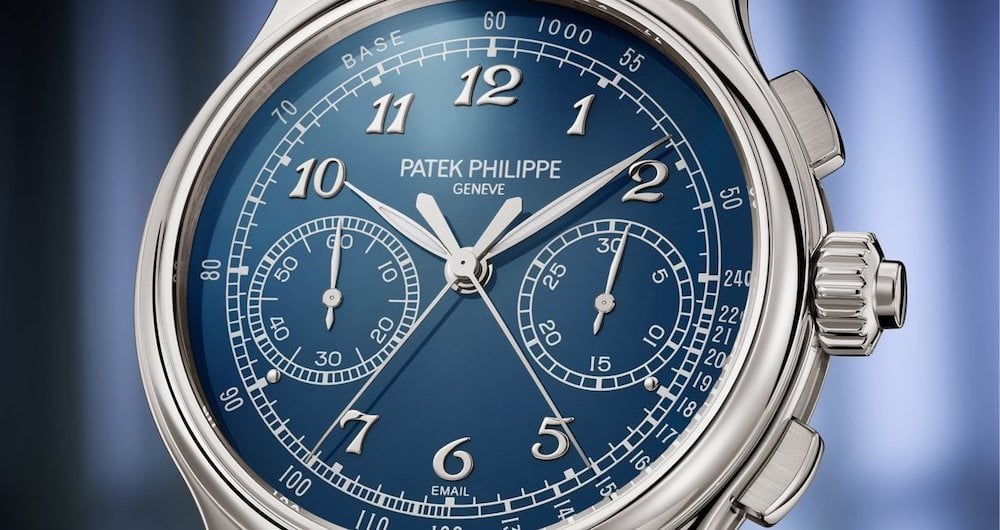
The concept of the rattrapante was developed in two stages. First Thaddeus Winnerl developed the mono-rattrapante chronograph in 1831. As the term mono indicates, this complication has only one seconds hand, which catches up with the elapsed time as soon as the measurement has been completed.
The principle of the modern split-seconds chronograph was exploited in 1928 by Louis Frédérique Perrelet. His invention with two hands has a heart-shaped mechanical cam allowing a reset to zero. This system simply allows intermediate times to be measured during an event. When triggered, both hands start at the same time. Pressing the split-seconds pusher stops it while the second hand continues to move forward. After reading the measurement by pressing the press again, the split-seconds hand joins the other hand to synchronise with it. Although this function may seem trivial at first glance, it is a real feat from a mechanical point of view, as its design is so complex and delicate.
The last mechanical variation of the chronograph is the totalizer of the minutes and hours measured. It simply records the measurement over a long period of time, ranging from 30 minutes to 12 hours, on one or more sub-dials. This function was particularly used in the automobile industry, when the first vehicles did not have a speedometer. Thus, by combining distance and time, the driver could then know his average speed during a journey.
The Flyback Chronograph
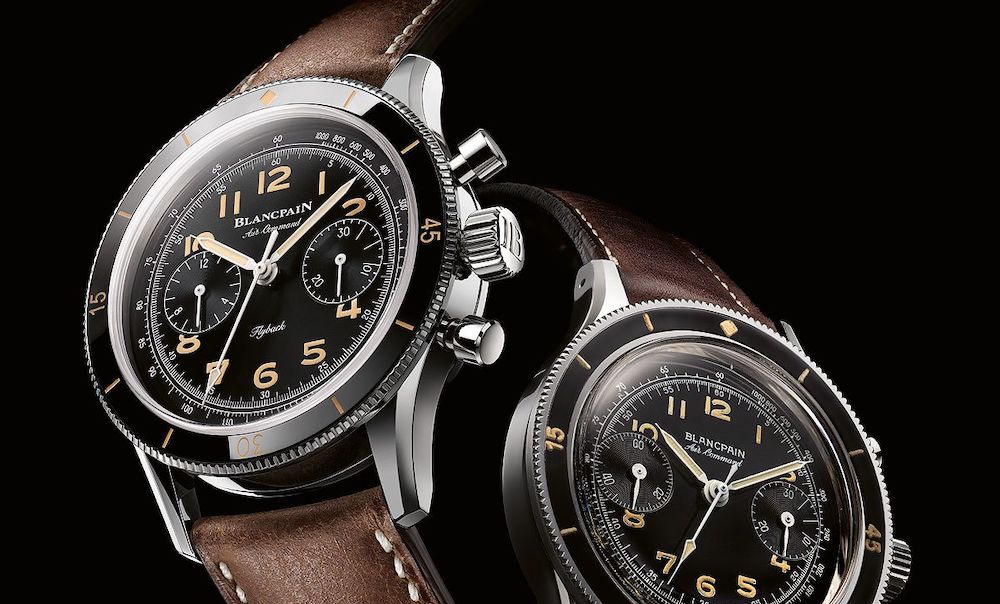
This is another sophisticated variant of the chronograph, the first sketches of which were developed by Breitling between 1924 and 1934. But the first flyback chronograph watch was marketed in 1936 by Longines with its famous 13ZN calibre. The flyback resets and relaunches the chronograph in a single press via a dedicated press.
The regatta chronograph

This specific version of the chronograph has been developed for the needs of water sports. Indeed, as the start cannot be "stopped", the boats manoeuvre behind the starting line and only cross it after a countdown. Thus the regatta watch allows the skipper to set his own stopwatch to easily check the time remaining before the start.
The display is operated by means of an aperture, hands on counters, or a bezel. Most countdown timers have a ten-minute capacity, and sometimes offer the possibility of timing the last seconds to the ready second. The first "Regatta" chronographs appeared after 1900. They were chronometers or chronographs with a graduated scale of 5 or 10 minutes. It was not until 1964 with the patent of the manufacturer Aquastar that a dedicated and high-performance watch was available. Regatta watches were then developed by traditional watchmakers such as Rolex with the Yatch-Master II or Omega with the Seamaster 300 Racing Chronometer.
Recurring graduations on a chronograph
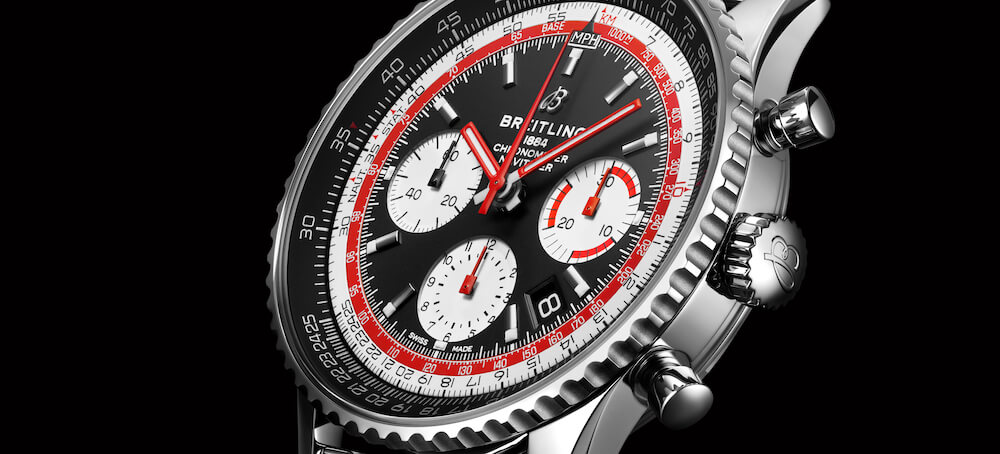
As mentioned at the beginning of this article, the chronograph often incorporates graduations on its bezel or dial to enable specific events to be measured. There are models with one or more graduations, offering the wearer the possibility of measuring several different phenomena with the same watch. There are two distinct families of graduations used by chronographs, the speed graduations and the medical graduations.
Speedranges :
- The tachymeter graduations allows speed to be read in kilometres per hour or miles per hour by counting the time it takes a subject to cover a distance. Two-stage tachometers are used to measure speeds below sixty kilometres per hour. The dual tachometers have two different scales to show the speed for one kilometre and for 100 metres.
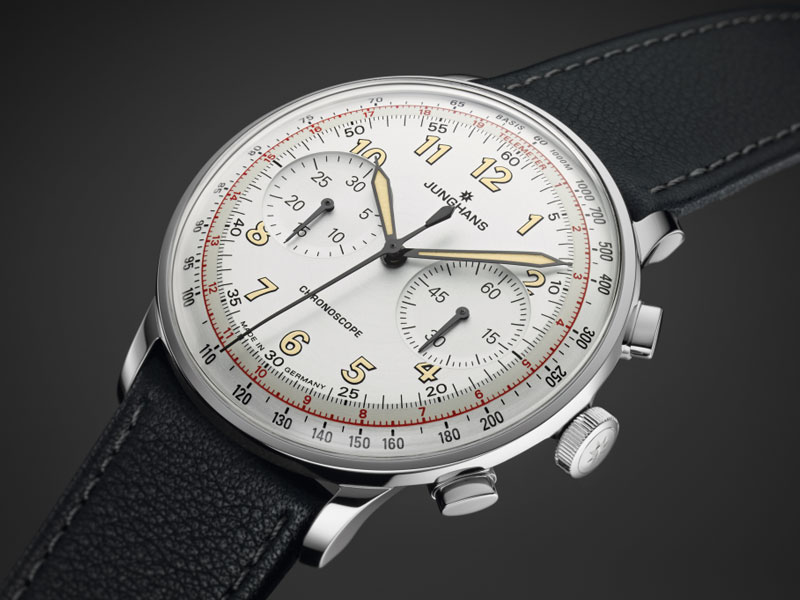
- The telemetric graduations: this is when a chronograph or a counter has a graduations on its dial allowing the distance between a point of observation and an event to be known by the speed of sound.
Medical graduations :
- The asthmometric graduations makes it possible to know the frequency of breathing. The scale is often based on 5 breaths. Once the measurement has been taken, the dial then indicates the frequency to the minute.
- The pulsometric graduations measures the number of heartbeats per minute. This graduations is usually based on 15 or 30 beats. At the end of the measurement, the hand is stopped, and the dial indicates the frequency per minute.

That's it. We very much hope that this article will inspire vocations as a doctor or as a racing driver. At worst you will maintain your status as king of your kitchen!
It is the first in a series dedicated to enriching the watchmaking culture of our beloved readers. Behind these products, which are as luxurious as they are technical, hide precise objectives that have stimulated the intellect of many watchmakers over the centuries. So stay tuned for the next ones!



